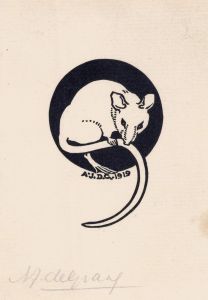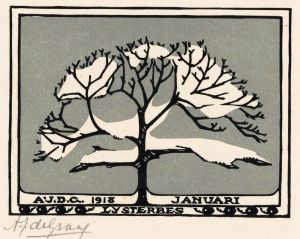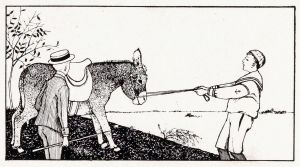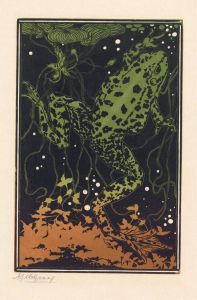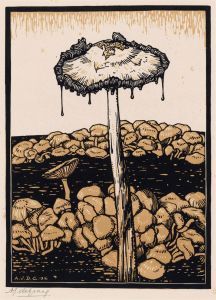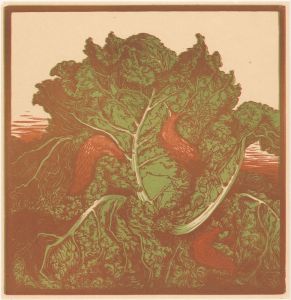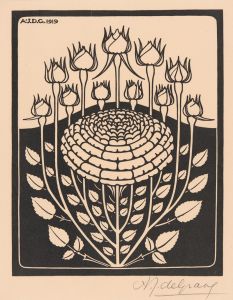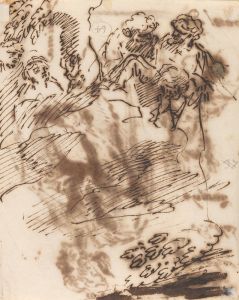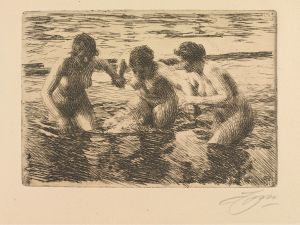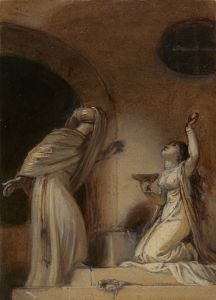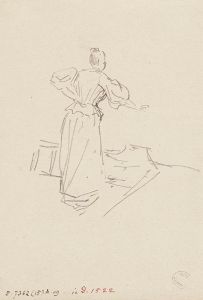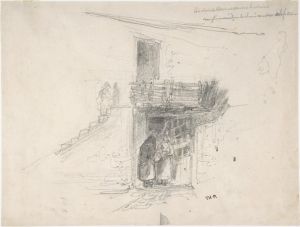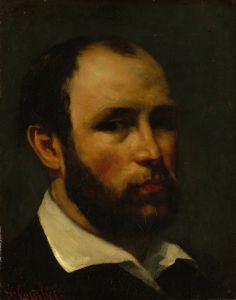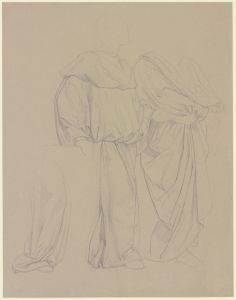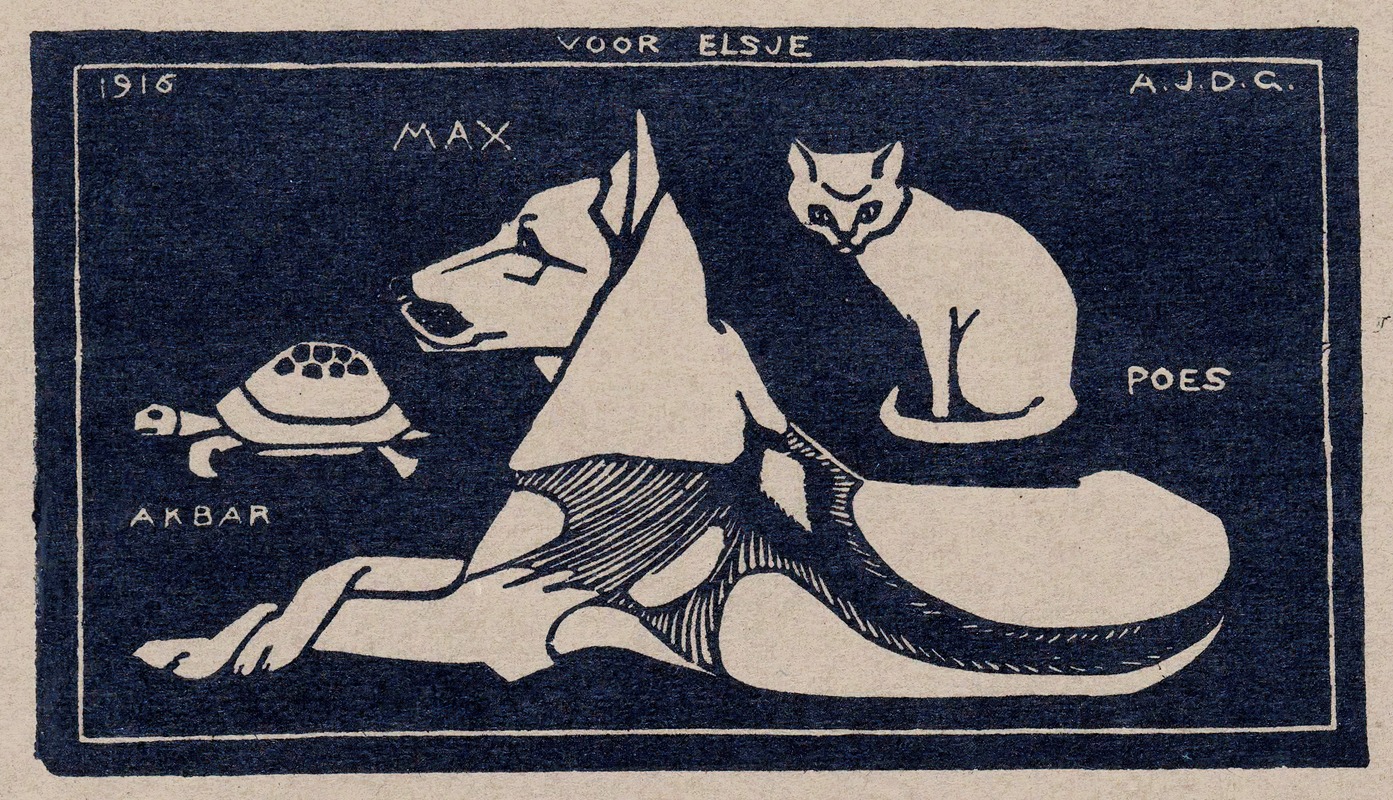
Akbar, Max, Poes
A hand-painted replica of Julie de Graag’s masterpiece Akbar, Max, Poes, meticulously crafted by professional artists to capture the true essence of the original. Each piece is created with museum-quality canvas and rare mineral pigments, carefully painted by experienced artists with delicate brushstrokes and rich, layered colors to perfectly recreate the texture of the original artwork. Unlike machine-printed reproductions, this hand-painted version brings the painting to life, infused with the artist’s emotions and skill in every stroke. Whether for personal collection or home decoration, it instantly elevates the artistic atmosphere of any space.
Julie de Graag (1877–1924) was a Dutch artist known for her graphic works, including woodcuts, linocuts, and drawings. Her art often depicted animals, plants, and everyday objects, characterized by a minimalist and stylized approach. One of her notable works is "Akbar, Max, Poes," a piece that features three cats, rendered in her distinctive style.
"Akbar, Max, Poes" is a black-and-white linocut created in 1918. The artwork portrays three cats, each with a unique posture and expression, showcasing de Graag's ability to capture the individuality and character of animals. The composition is simple yet striking, with clean lines and a balanced arrangement that reflects the influence of the Art Nouveau and Arts and Crafts movements, which were prominent during her time. The cats are depicted in a naturalistic yet stylized manner, emphasizing their forms and textures while maintaining a sense of harmony and elegance.
Julie de Graag's works, including "Akbar, Max, Poes," often reflect her interest in nature and her meticulous attention to detail. Her choice of subjects, such as animals and plants, aligns with her broader artistic focus on the beauty of the natural world. This particular piece is an example of her skill in linocut, a printmaking technique that involves carving a design into a linoleum surface, inking it, and pressing it onto paper. The medium allowed her to achieve sharp contrasts and intricate patterns, which are evident in this work.
The title of the piece, "Akbar, Max, Poes," refers to the names of the three cats depicted in the artwork. "Poes" is the Dutch word for "cat," suggesting a personal connection between the artist and her subjects. It is likely that these cats were pets or animals familiar to de Graag, as she often drew inspiration from her immediate surroundings.
Julie de Graag's career was relatively short, as she struggled with health issues and depression throughout her life. She ceased creating art in 1921 and passed away in 1924. Despite her limited output, her works have been recognized for their technical precision and aesthetic appeal. Today, her art is appreciated for its timeless quality and its contribution to early 20th-century Dutch graphic art.
"Akbar, Max, Poes" is held in the collection of the Rijksmuseum in Amsterdam, where it continues to be admired for its simplicity and charm. The piece exemplifies de Graag's mastery of linocut and her ability to convey the essence of her subjects with clarity and grace.





